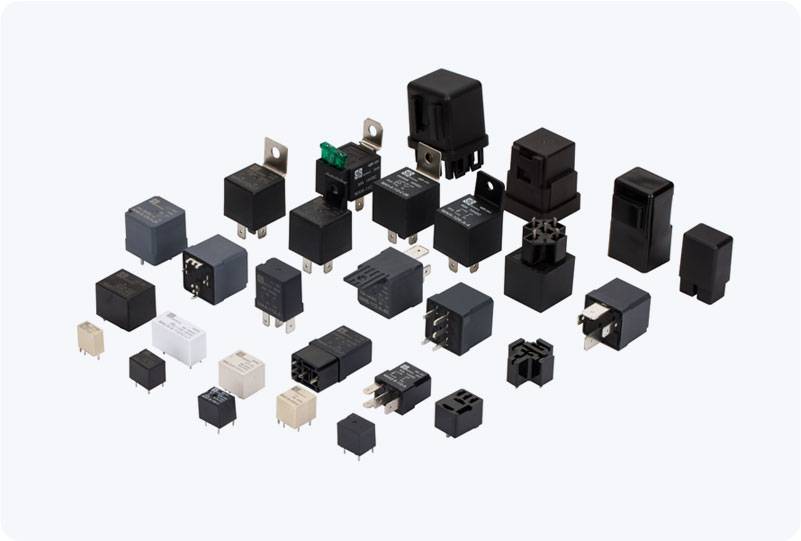hv insulation fault relay: a key component in high voltage systems protection
Release time:2025-05-01 03:12:19
High voltage (HV) systems are integral to the distribution of electrical power over long distances, supplying electricity to industries, homes, and other essential infrastructure. Ensuring the reliability and safety of these systems is paramount, and one of the key components designed to protect these systems is the HV insulation fault relay. This device plays a critical role in detecting insulation faults in high voltage circuits, thus preventing catastrophic failures and ensuring uninterrupted power delivery. In this article, we will explore the importance, functionality, and operation of the HV insulation fault relay, as well as its role in maintaining the safety and integrity of electrical networks.

Importance of HV Insulation Fault Relay
The insulation in electrical systems serves as a critical barrier that prevents electrical faults such as short circuits or leakage currents from affecting the system. Over time, various factors such as aging, environmental conditions, mechanical stresses, and electrical stresses can degrade the quality of insulation materials. When the insulation fails, it can lead to dangerous situations such as ground faults, electric shocks, or even fires. HV insulation fault relays are designed to detect these faults early, allowing for rapid intervention before any damage can occur.

